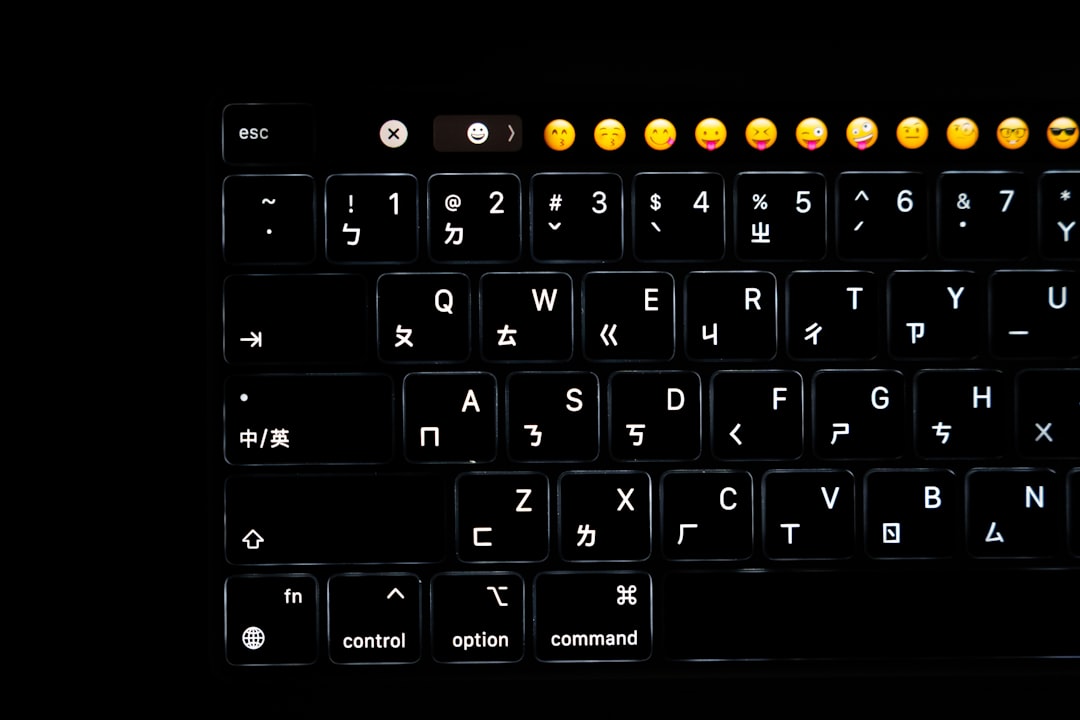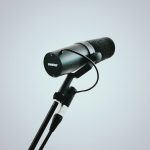Accessibility is more than a compliance checkbox—it’s a commitment to creating an inclusive web for all users, regardless of their abilities. For developers, designers, and testers, ensuring that a digital product meets Web Content Accessibility Guidelines (WCAG) can be a challenge without the right tools. Fortunately, several Chrome extensions exist to make this task easier, faster, and more effective.
Table of Contents
TL;DR
If you’re working on improving web accessibility, Chrome has a wealth of extensions that help detect WCAG violations quickly. Tools like axe DevTools, WAVE, and Siteimprove make it easier to analyze and fix issues before they reach users. Many of these extensions offer visual overlays, code suggestions, and integration with your dev workflow. The top testers often use a combination of these tools to get comprehensive insights.
1. axe DevTools
axe DevTools, developed by Deque Systems, is one of the most widely used accessibility testing extensions. It integrates seamlessly into Chrome’s DevTools and provides both automated and guided testing features.
- Ease of Use: Just open your DevTools, go to the “axe DevTools” tab, and click “Analyze.”
- Features: Automatic issue detection, guided testing for forms and ARIA, and actionable fix suggestions.
- Perfect For: Developers who want detailed reports integrated right into their browser.
What makes axe stand out is its reliability and adherence to official WCAG standards. It detects a wide range of issues and prioritizes them based on severity and impact.

2. WAVE Evaluation Tool
WAVE (Web Accessibility Evaluation Tool), developed by WebAIM.org, is known for its simple visual feedback. It overlays icons and annotations directly on your web page, making accessibility issues evident at a glance.
- Visual Inspection: Highlights missing alt text, structural problems, contrast errors and more.
- Code View: Allows you to see the underlying code responsible for each issue.
- Benefits: Great for both beginners and advanced testers; excellent for presentations or stakeholder demos.
Because WAVE is built by accessibility experts focused on education and outreach, it’s one of the best tools to learn from as you test.
3. Lighthouse
Though known primarily as a performance auditing tool, Lighthouse includes an accessibility audit section based on WCAG standards. It’s integrated directly into Chrome DevTools, making it incredibly easy to run.
- Quick Audit: Offers a numerical accessibility score out of 100.
- Audit Details: Lists actionable issues and why they matter, with links to documentation.
- Ideal For: Developers doing initial spot checks or needing baseline scores during CI/CD deployments.
Lighthouse is very useful for quick hits or building accessibility benchmarks into your development process.
4. Siteimprove Accessibility Checker
Siteimprove brings more than just issue detection—it’s about learning and context. Each error it flags comes with extensive explanations and learning resources.
- Results View: Divides issues by type (A, AA, AAA) and includes resolution tips.
- Educational Value: Offers best practices and links to WCAG documentation.
- Best For: Team environments and accessibility newcomers needing deeper context.

Its clean, intuitive interface is ideal for introducing accessibility concepts to those who might not be technically inclined but have a stake in website UX, like content managers or marketers.
5. Accessibility Insights for Web
Developed by Microsoft, Accessibility Insights is a very comprehensive tool that offers both automated testing and step-by-step guided assessments structured around WCAG criteria.
- Fast Pass: Automated check for common issues.
- Assessment Mode: Detailed, manual review process aligned with WCAG 2.1.
- Highlight: Keyboard navigation and tab stop visualization.
This extension is best suited for teams who want to methodically assess compliance—especially useful during QA testing and formal audits.
6. HeadingsMap
Heading structure plays a crucial role in accessibility, especially for screen reader users. HeadingsMap provides a clear outline of the heading levels present on a page, identifying any skipped levels or missing headers.
- Structure Validation: Helps find hierarchy issues like jumping from H1 to H3.
- Usability: Lightweight, fast, and visual—great for editorial teams and content creators.
- View Mode: All headings are shown in a collapsible tree for easy navigation.
Improper heading use is one of the most common (and easily avoidable) WCAG violations. HeadingsMap excels in identifying these issues without overwhelming the user.
7. Color Contrast Analyzer
Color Contrast Analyzer focuses on detecting insufficient contrast ratios between text and background—a critical WCAG 2.1 requirement.
- Contrast Results: Shows whether given color combinations pass AA or AAA criteria.
- Simulations: Some versions simulate how users with visual impairments see the webpage.
- Perfect For: Designers and developers concerned with visual usability and brand color choices.
This tool is indispensable for catching contrast issues that might otherwise be missed until a design review—or worse, after launch.
Best Practices for Using Chrome Accessibility Extensions
While these tools provide valuable insights individually, they are at their best when used together. Here are a few pro tips:
- Use Multiple Tools: No single extension catches everything. WAVE might see something axe DevTools misses, and vice versa.
- Automate and Audit: Run automated checks with Lighthouse, then conduct manual reviews with Accessibility Insights.
- Keep a Testing Routine: Include accessibility checks in your project sprints or QA phases to stay ahead of compliance issues.
Also, keep in mind that tools don’t replace users. Real-world usability testing with screen readers, keyboard-only navigation, and users with various impairments remains vital.

Conclusion
Web accessibility testing doesn’t have to be overwhelming or overly technical. With the right set of Chrome extensions, catching WCAG issues becomes a manageable and even educational part of your workflow. From fully-featured suites like axe DevTools and Accessibility Insights to specialized tools like HeadingsMap and Color Contrast Analyzer, even small teams can tackle accessibility at a high standard.
As more countries adopt strict accessibility regulations and more users come to expect inclusive design, now is the perfect time to make your website barrier-free. Chrome extensions offer a fast start and scalable solution in that direction.



